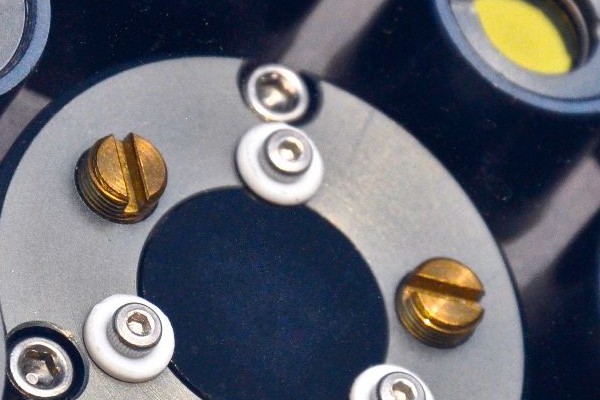
Atmospheric Physics, Meteorology
At LMU Munich we emphasize the inseparable connection between the basic principles of nature - physics - and all theoretical, experimental or even applied aspects of meteorology.
In theoretical meteorology, we deal with a number of questions from basic and applied research, such as predictability: Is it possible to reliably predict the weather beyond the 10-day horizon? Or is the error growth so large that a small initial disturbance, such as the flap of a butterfly’s wings known from chaos theory, can completely change the weather one to two weeks later?

Questions like these are the main focus of the "Waves To Weather" priority programme coordinated by (the) LMU. Together with the German Weather Service (DWD) we investigate at the "Hans-Ertel-Center for Data Assimilation" how high-resolution satellite data and a better representation of the measurement error and of the modelling error in ensembles of models can lead to more reliable weather forecasts. Furthermore, we are looking for improved stochastic parameterizations for models. These approaches also take into account physics which is not spatially resolved by models. This is, for example, crucial for convection and vertical mass and energy transport.
In experimental meteorology we deal with the interaction between clouds, aerosol particles, and radiation. We develop remote sensing techniques based on electromagnetic radiation in the optical and microwave range for ground and airborne measurements. With (the help of) active radar and lidar observations, as well as with imaging hyperspectral radiometers, we try to derive the microphysics of clouds. The three-dimensional distribution of number, phase and size of water droplets and ice particles determines the effect of the climate on clouds and the formation of precipitation. We are developing complex numerical radiation transport models, for example in order to analyse these observations. In addition to studies on the influence of particles on cloud formation, we ask ourselves to what extent absorption of solar radiation and emission of thermal radiation have an influence on the structure and microphysics of clouds, and how these influences can be quantitatively taken into account in low-resolution weather and climate models. We also apply our methods to the remote sensing of air pollutants and the optimal use of renewable energies.
For further information please visit the Meteorogical Institute.
Professors
Prof. Dr. Thomas Birner
Atmospheric dynamics, climate dynamics / Interaction of atmospheric waves with the background flow / Large-scale transport of atmospheric trace gases / Influence of climate change on location and intensity of large-scale atmospheric circulation patterns
Prof. Dr. George Craig
Stochastic parametrizations / Ensemble predictions and predictability / Data assimilation / Forecast verification
Prof. Dr. Bernhard Mayer
Radiative Transfer / Remote Sensing of Aerosols / Remote Sensing of Clouds / Cloud radiation interaction
Prof. Dr. Markus Rapp
Investigation of complex processes in the middle atmosphere / Measurements using high-altitude rockets / Measurements using ground-based radar and lidar methods
Prof. Dr. Mark Wenig
Remote sensing of pollutants in the air / Ground- and satellite-based differential optical absorption spectroscopy / Radiation transport modelling, simulation, digital image processing
